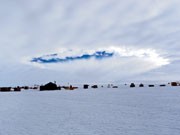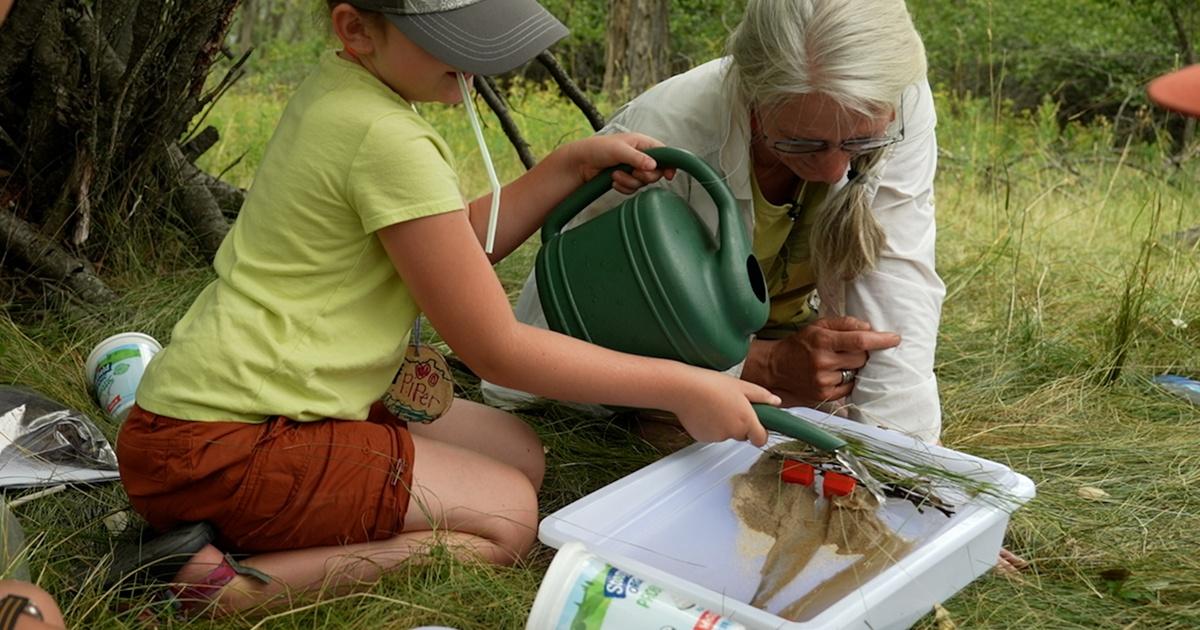
- Select a language for the TTS:
- UK English Female
- UK English Male
- US English Female
- US English Male
- Australian Female
- Australian Male
- Language selected: (auto detect) - EN
Play all audios:
Access through your institution Buy or subscribe When aircraft pass through subfreezing, liquid clouds, they lower the temperature of the surrounding water vapour, creating ice. The ice
crystals grow rapidly at the expense of the water droplets, and eventually fall from the sky as snow or rain, leaving holes in the clouds. Yet exactly how aircraft generate holes that are so
much larger than the planes themselves has remained a mystery. Now, Andrew Heymsfield and colleagues show that vertical motion and evaporation hold the key to the growth of these holes
(_Science_ 333, 77–81; 2011). The researchers studied the development of 92 aircraft-generated holes over Texas in 2007 using satellite images and flight paths of aircraft in the area. The
holes grew rapidly, doubling in area within the first 30 min of detection; some reached 100 km in length and persisted for four hours. Candidate aircraft included large passenger planes,
together with regional, private and military planes. This is a preview of subscription content, access via your institution ACCESS OPTIONS Access through your institution Subscribe to this
journal Receive 12 print issues and online access $259.00 per year only $21.58 per issue Learn more Buy this article * Purchase on SpringerLink * Instant access to full article PDF Buy now
Prices may be subject to local taxes which are calculated during checkout ADDITIONAL ACCESS OPTIONS: * Log in * Learn about institutional subscriptions * Read our FAQs * Contact customer
support Authors * Anna Armstrong View author publications You can also search for this author inPubMed Google Scholar RIGHTS AND PERMISSIONS Reprints and permissions ABOUT THIS ARTICLE CITE
THIS ARTICLE Armstrong, A. Cloud rupture. _Nature Geosci_ 4, 501 (2011). https://doi.org/10.1038/ngeo1227 Download citation * Published: 29 July 2011 * Issue Date: August 2011 * DOI:
https://doi.org/10.1038/ngeo1227 SHARE THIS ARTICLE Anyone you share the following link with will be able to read this content: Get shareable link Sorry, a shareable link is not currently
available for this article. Copy to clipboard Provided by the Springer Nature SharedIt content-sharing initiative







